Day-Ahead Dynamic Assessment of Consumption Service Reserve Based on Morphological Filter
Abstract
:1. Introduction
2. Decomposition of Forecast Error Based on Morphological Filter
2.1. Basic Operations of Mathematical Morphology
2.2. Selection of Morphological Filter Structural Elements
3. Day-Ahead Dynamic Assessment of Consumption Service Reserve Demand
3.1. Hierarchical Classification of Day-Ahead Reserve Resources
3.2. Cluster Analysis of Historical Scenarios
3.3. Determination of Day-Ahead Consumption Service Reserve Demand
4. Discussion
4.1. Scenario Clustering Results
4.2. Forecast Error Decomposition Results
4.3. The Dynamic Assessment Results of Consumption Service Reserve Demand
5. Conclusions
Author Contributions
Funding
Data Availability Statement
Conflicts of Interest
References
- Zhuo, Z.; Zhang, N.; Xie, X.; Li, H.; Kang, C. Key Technologies and Developing Challenges of Power System with High Proportion of Renewable Energy. Autom. Electr. Power Syst. 2021, 45, 171–191. [Google Scholar]
- Xia, S.; Song, L.; Wu, Y.; Ma, Z.; Jing, J.; Ding, Z.; Li, G. An Integrated LHS–CD Approach for Power System Security Risk Assessment with Consideration of Source–Network and Load Uncertainties. Processes 2019, 7, 900. [Google Scholar] [CrossRef] [Green Version]
- Ullah, Z.; Arshad; Hassanin, H.; Cugley, J.; Alawi, M.A. Planning, Operation, and Design of Market-Based Virtual Power Plant Considering Uncertainty. Energies 2022, 15, 7290. [Google Scholar] [CrossRef]
- Falvo, M.C.; Panella, S.; Caprabianca, M.; Quaglia, F. A Review on Unit Commitment Algorithms for the Italian Electricity Market. Energies 2022, 15, 18. [Google Scholar] [CrossRef]
- Lee, T.-Y. Optimal Spinning Reserve for a Wind-Thermal Power System Using EIPSO. IEEE Trans. Power Syst. 2007, 22, 1612–1621. [Google Scholar] [CrossRef]
- Morales, J.M.; Conejo, A.J.; Perez-Ruiz, J. Economic Valuation of Reserves in Power Systems With High Penetration of Wind Power. IEEE Trans. Power Syst. 2009, 24, 900–910. [Google Scholar] [CrossRef]
- Yang, H.-T.; Wu, Y.-S.; Liao, J.-T. Economic Dispatch and Frequency-Regulation Reserve Capacity Integrated Optimization for High-Penetration Renewable Smart Grids. In Proceedings of the 2019 IEEE Innovative Smart Grid Technologies—Asia (ISGT Asia), Chengdu, China, 21–24 May 2019; pp. 2980–2985. [Google Scholar]
- Cheng, J. Capacity Assessment of Agricultural Irrigation Load Participating in Operating Reserve of Power System. In Proceedings of the 2021 IEEE Sustainable Power and Energy Conference (iSPEC), Nanjing, China, 23–25 December 2021; pp. 2511–2517. [Google Scholar]
- Zhang, D.; Xu, J.; Sun, Y.; Liao, S.; Ke, D. Day-ahead dynamic estimation and optimization of reserve in power systems with wind power. Power Syst. Technol. 2019, 43, 3252–3260. [Google Scholar] [CrossRef]
- Wang, D.; Chen, Z.; Tu, M.; Yang, Z.; Ding, Q. Reserve capacity calculation considering large-scale wind power integration. Autom. Electr. Power Syst. 2012, 36, 24–28. [Google Scholar]
- Wu, S.; Chi, F.; Ye, X.; Kuang, L.; Wang, Z.; Wen, Y. Probabilistic Dynamic Assessment for Operating Reserve Requirements of Power System with High Penetrated Renewables. Power Constr. 2023, 44, 126–134. [Google Scholar]
- Gong, Y.; Jiang, Q.; Baldick, R. Ramp Event Forecast Based Wind Power Ramp Control With Energy Storage System. IEEE Trans. Power Syst. 2016, 31, 1831–1844. [Google Scholar] [CrossRef]
- Bhavsar, S.; Pitchumani, R.; Ortega-Vazquez, M.A. A Reforecast-Based Dynamic Reserve Estimation for Variable Renewable Generation and Demand Uncertainty. Electr. Power Syst. Res. 2022, 211, 108157. [Google Scholar] [CrossRef]
- Qian, K.; Wang, X.; Yuan, Y. Research on Regional Short-Term Power Load Forecast Model and Case Analysis. Processes 2021, 9, 1617. [Google Scholar] [CrossRef]
- Li, Y.; Bai, X.; Meng, J.; Zheng, L. Multi-Level Refined Power System Operation Mode Analysis: A Data-Driven Approach. IET Gener. Transm. Distrib. 2022, 16, 2654–2680. [Google Scholar] [CrossRef]
- Zhang, X.; Chen, Y.; Wang, Y.; Ding, R.; Zheng, Y.; Wang, Y.; Zha, X.; Cheng, X. Reactive Voltage Partitioning Method for the Power Grid With Comprehensive Consideration of Wind Power Fluctuation and Uncertainty. IEEE Access 2020, 8, 124514–124525. [Google Scholar] [CrossRef]
- Lin, Z.; Chen, Z.; Qu, C.; Guo, Y.; Liu, J.; Wu, Q. A Hierarchical Clustering-Based Optimization Strategy for Active Power Dispatch of Large-Scale Wind Farm. Int. J. Electr. Power Energy Syst. 2020, 121, 106155. [Google Scholar] [CrossRef]
- Lin, S.; Li, F.; Tian, E.; Fu, Y.; Li, D. Clustering Load Profiles for Demand Response Applications. IEEE Trans. Smart Grid 2019, 10, 1599–1607. [Google Scholar] [CrossRef]
- Li, Z.; Yu, X. Power Load Curve Clustering Based on ISODATA. In Proceedings of the 2022 IEEE 7th International Conference on Smart Cloud (SmartCloud), Shanghai, China, 8–10 October 2022; pp. 104–108. [Google Scholar]
- Xie, F.; Liang, K.; Wu, W.; Hong, W.; Qiu, C. Multiple Harmonic Suppression Method for Induction Motor Based on Hybrid Morphological Filters. IEEE Access 2019, 7, 151618–151627. [Google Scholar] [CrossRef]
- Wang, X. Electric network security setup in electricity market environment. Power Syst. Technol. 2004, 7–13. [Google Scholar] [CrossRef]
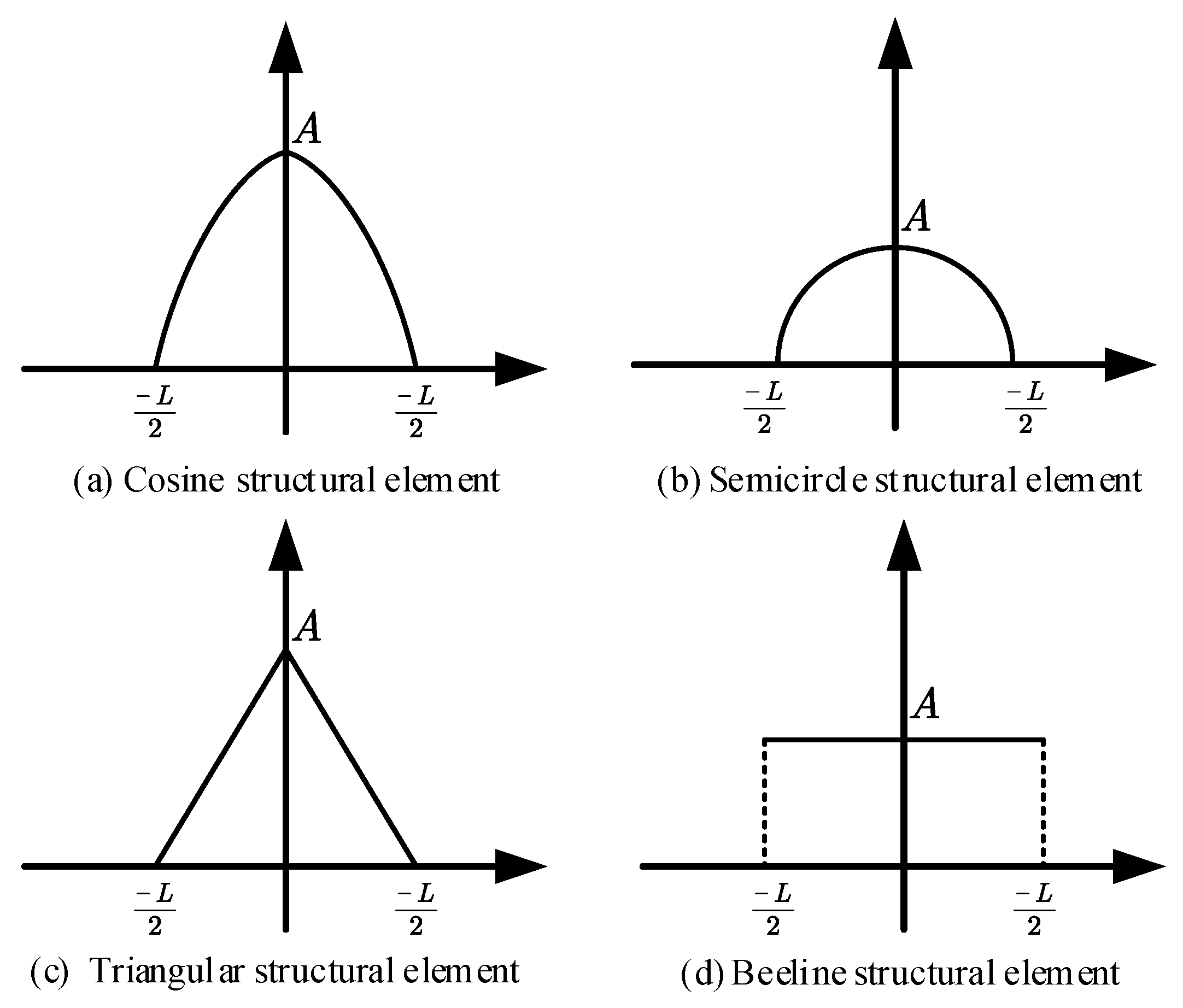
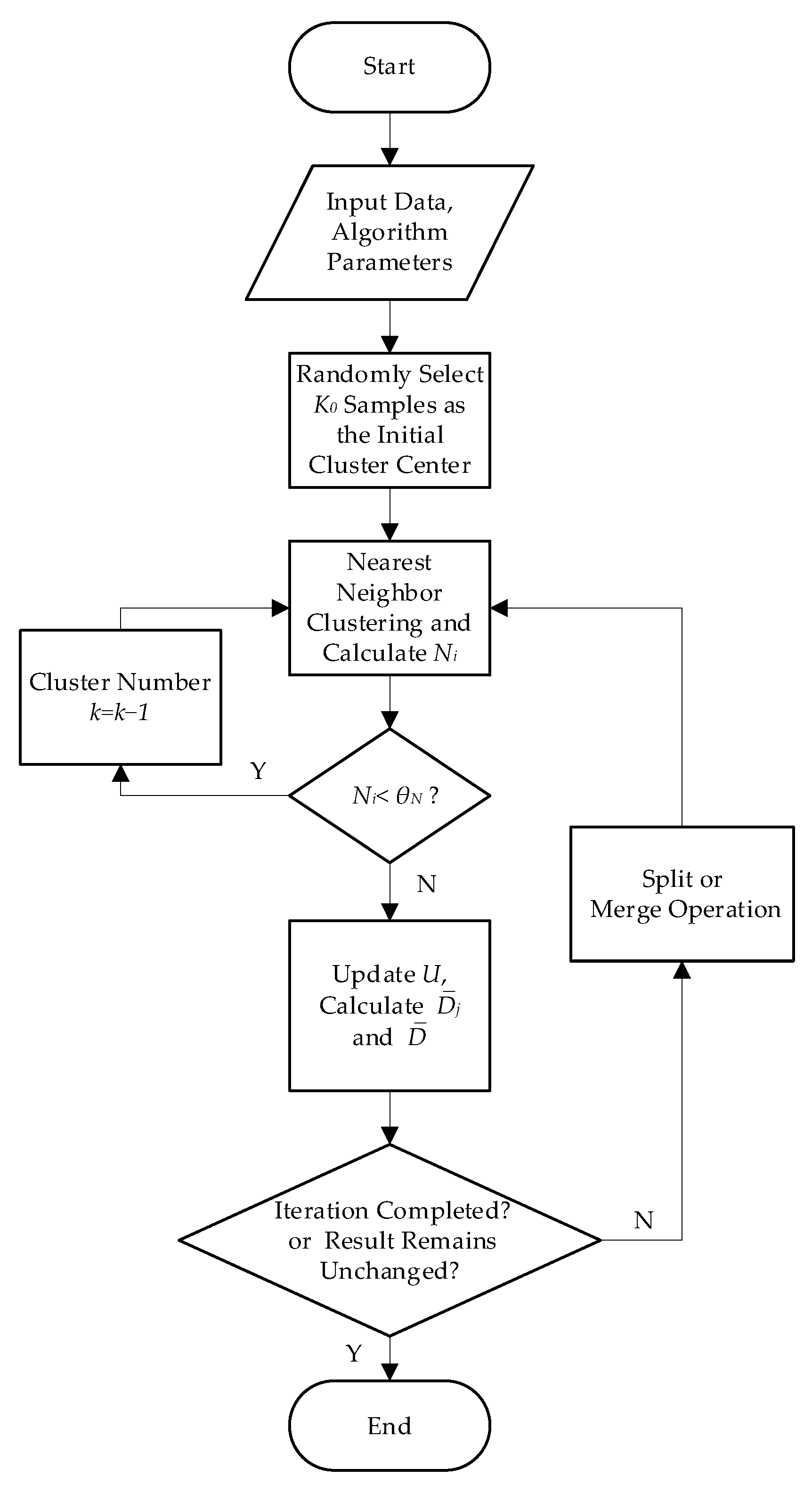
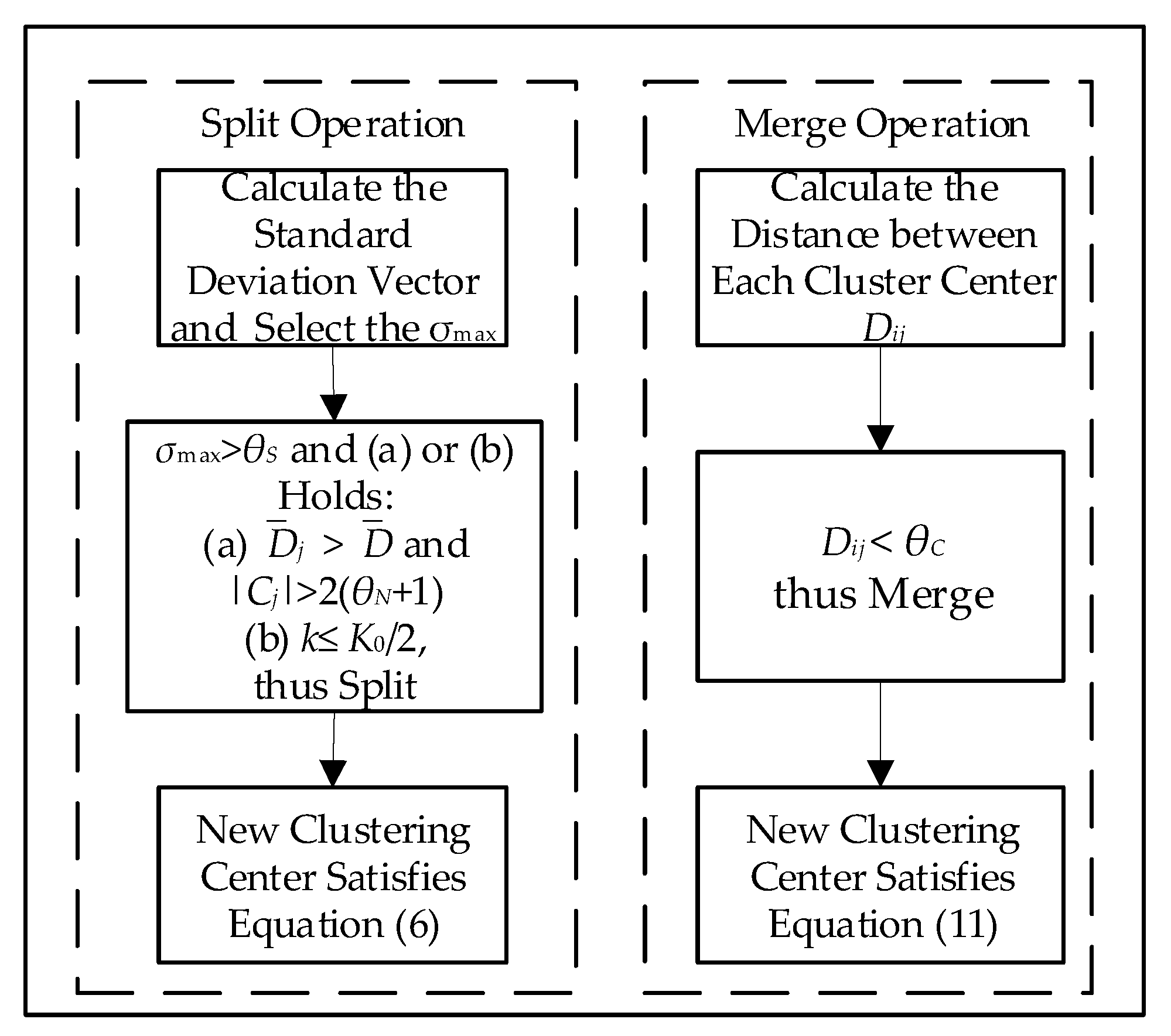
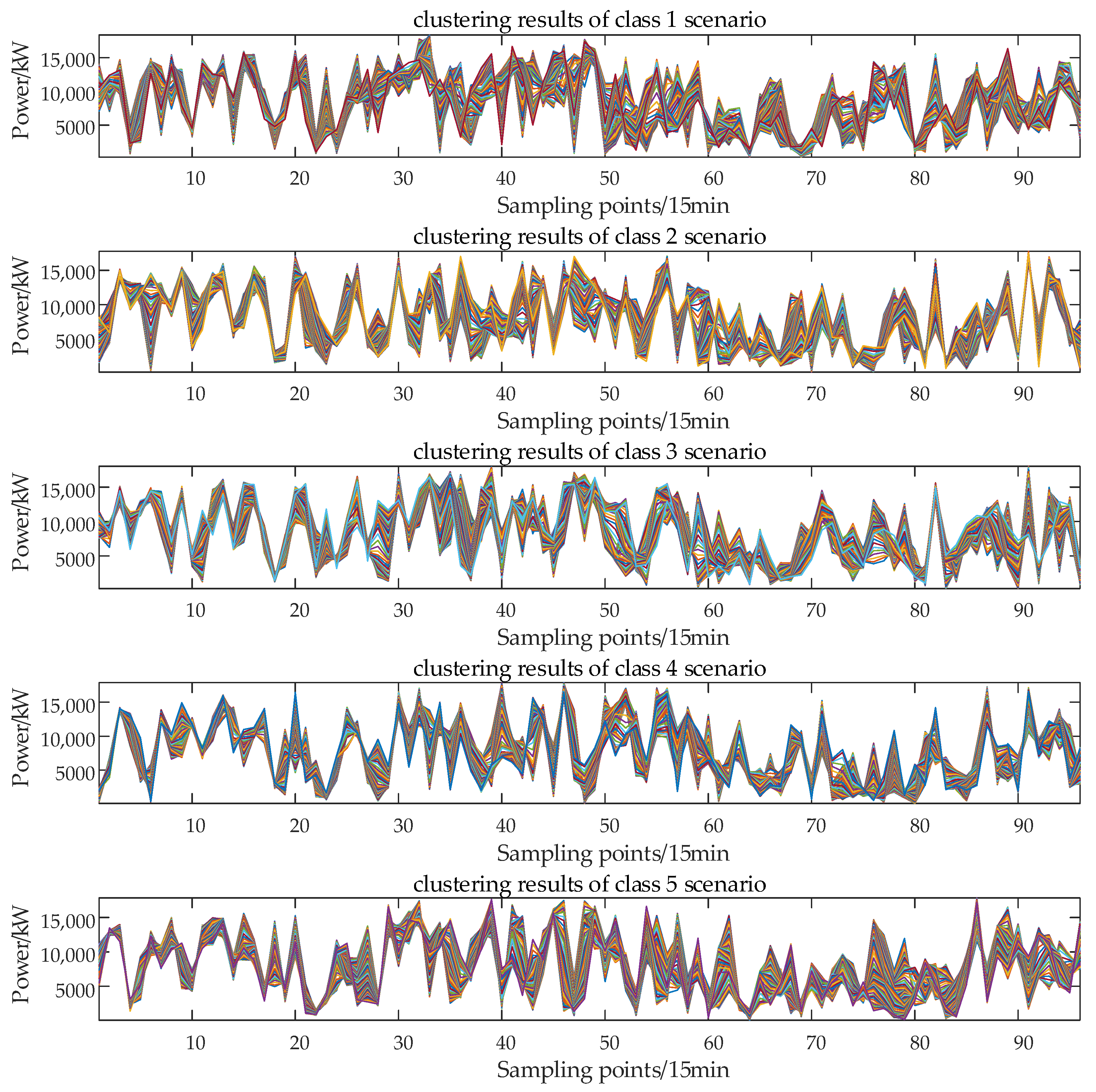
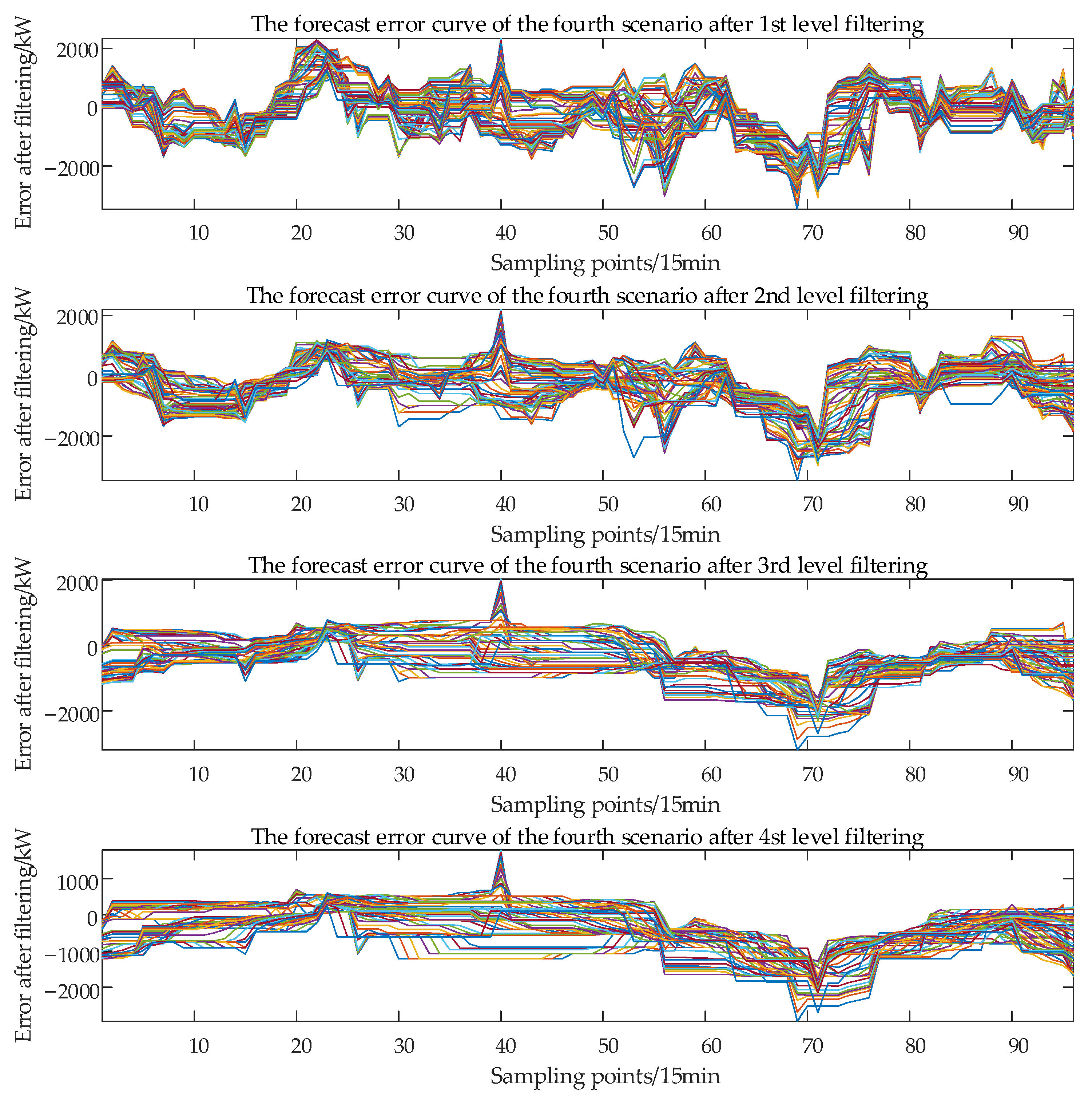

| Alternate Resources | Response Time | Unit Type |
|---|---|---|
| Primary regulatory resources (AGC) | <5 min | Gas-fired units, fast coal-fired units, pumped storage power, and cascade hydropower station. |
| Secondary regulatory resources | <10 min | Gas-fired units, fast coal-fired units, pumped storage power station, and cascade hydropower station. |
| Tertiary regulatory resources | <30 min | Slow coal-fired unit and single cycle gas unit. |
| Four levels of regulatory resources | >60 min | Combined cycle gas turbine in warm start. |
Disclaimer/Publisher’s Note: The statements, opinions and data contained in all publications are solely those of the individual author(s) and contributor(s) and not of MDPI and/or the editor(s). MDPI and/or the editor(s) disclaim responsibility for any injury to people or property resulting from any ideas, methods, instructions or products referred to in the content. |
© 2023 by the authors. Licensee MDPI, Basel, Switzerland. This article is an open access article distributed under the terms and conditions of the Creative Commons Attribution (CC BY) license (https://creativecommons.org/licenses/by/4.0/).
Share and Cite
Cai, X.; Wang, N.; Cai, Q.; Wang, H.; Cheng, Z.; Wang, Z.; Zhang, T.; Xu, Y. Day-Ahead Dynamic Assessment of Consumption Service Reserve Based on Morphological Filter. Energies 2023, 16, 5979. https://doi.org/10.3390/en16165979
Cai X, Wang N, Cai Q, Wang H, Cheng Z, Wang Z, Zhang T, Xu Y. Day-Ahead Dynamic Assessment of Consumption Service Reserve Based on Morphological Filter. Energies. 2023; 16(16):5979. https://doi.org/10.3390/en16165979
Chicago/Turabian StyleCai, Xinlei, Naixiao Wang, Qinqin Cai, Hengzhen Wang, Zhangying Cheng, Zhijun Wang, Tingxiang Zhang, and Ying Xu. 2023. "Day-Ahead Dynamic Assessment of Consumption Service Reserve Based on Morphological Filter" Energies 16, no. 16: 5979. https://doi.org/10.3390/en16165979
APA StyleCai, X., Wang, N., Cai, Q., Wang, H., Cheng, Z., Wang, Z., Zhang, T., & Xu, Y. (2023). Day-Ahead Dynamic Assessment of Consumption Service Reserve Based on Morphological Filter. Energies, 16(16), 5979. https://doi.org/10.3390/en16165979







